How to Get Rid of Fungus in Mulch for Good

Mulch adds a refined look to your landscape while keeping pesky weeds at bay and the soil beneath it properly moisturized. The downside to mulch is the unsightly and sometimes damaging fungus that often appears.
While some types of fungus in mulch are easy to get rid of, others seem determined to become a permanent part of the scenery.
If your mulch beds are growing fungus and you’re not sure how to get rid of it, you’ve come to the right place.
This guide will walk you through the common types of fungus mulch falls victim to, and how to get rid of the fungus using four different methods.
Why Does Fungus Form in Mulch?
Dampness is the number one cause of fungus in wood mulch. Because mulch is naturally decaying, bacteria feed on it, and fungi then feed on that bacteria and become visible in your mulch as the spores created by fungi grow.
And think about the purpose of mulch; it’s there to cover your garden beds, which inevitably get wet due to rain, and watering plants via a watering can or sprinkler.
If the environment around the mulch remains in certain conditions—it’s shady, humid, and/or temperatures linger between 80 and 85 degrees Fahrenheit—mulch doesn't dry out and mold is likely to form faster.
Types of Fungus in Mulch
Every type of fungus has different properties. The following are the five common types of fungus you’ll find in your mulch:
1. Mushrooms
Mushrooms are the most common type of fungus found in mulch. There are many different varieties of mushrooms, most of which consist of a notorious stem and a cap.
Some are very fragile, with delicate stems that break almost as soon as they appear. Others are thick-stemmed growths that can easily root and take up room in your garden.
Some mushrooms are very dangerous, even fatal if consumed. It’s best to get rid of all mushrooms, no matter how much they might resemble the kind you pick up at the grocery store.
2. Stinkhorns
Stinkhorns are a type of sticky, smelly mushroom that have either a lacy top, look like a horn, or grow arms like an octopus and always smell noxious. Their smell resembles cow manure, attracting flies and other bugs.
While stinkhorns can be beneficial to the plants around them, they are unsightly, and the scent will overpower most of your pleasant-smelling flowers. They won’t harm you, but like other mushrooms, they’ll spread if left unattended.
3. Artillery Fungus
Artillery fungus is the bane of any gardener's existence due to the damage they can cause with their black, tar-like spores that stain areas they attach themselves to. Artillery fungus looks like a yellow-orange cup with a tiny egg inside.
The “egg” eventually bursts and projects spores much like an artillery cannon, hence the fungi’s name. What’s even more frightening is that the spores can travel as high as the second floor of a home.
While artillery fungus isn’t dangerous to humans and pets, it’s damaging to the areas it inhabits. When the fungus bursts, it spreads black and sticky spores everywhere, which attach themselves to your house, car, or outdoor furniture.
And they are tough to remove. If you can remove the spores, you’ll still end up with black stains where they landed.
4. Slime Mold
Slime mold can sometimes be mistaken for dog vomit due to its size and frothy texture. It is usually bright orange or yellow but can occasionally be pink.
If left alone, it eventually dries out and becomes a white powder. It won’t hurt you or your pets, but it will affect the curb appeal of your home.
5. Birds Nest Fungus
Bird's nest fungus is aptly named because it looks like tiny nests of eggs. The egg-looking part of the fungus is a cluster of spores that explode and travel when rain hits it.
How to Get Rid of Fungus in Mulch by Digging
Digging out the areas that have fungus in them is the most effective way to get rid of it. Be sure to dig far enough around the fungus patch to get any spores that may have landed close by and dispose of the affected mulch in a trash bag to avoid the spread of spores.
Be sure to sterilize your digging tool in a bleach-water solution to avoid further spread of the fungus.
How to Get Rid of Fungus in Mulch with Bleach
Treating fungus in mulch with a topical solution will ensure that the fungus has died off before you start handling it. This bleach and water treatment softens and kills fungus on contact, making it easy to remove and letting you salvage unaffected mulch.
Disclaimer: Hometalk may receive a small affiliate commission from purchases made via Amazon links in this article but at no cost to you.
Tools and Materials Needed:
- Bleach
- Water
- Squirt bottle (plastic condiment bottles work well)
Step 1: Mix Bleach and Water
Mix the bleach and water in the squirt bottle using a 1:9 ratio of bleach to water.
Step 2: Treat the Mulch
Squirt the areas where you see fungus, taking care not to get the mixture on plants in your garden. After treating the fungus with the bleach solution, remove any visible fungus and discard it in a plastic bag.
How to Get Rid of Fungus in Mulch with Baking Soda
Baking soda is an all-natural fungicide that kills fungus and spores quickly by increasing the pH of the mulch. Here’s how to use it to get rid of fungus.
Tools and Materials Needed:
- 1 tablespoon baking soda
- Water
- Gallon container
- Funnel
- Spray bottle
- Rake
Step 1: Mix the Baking Soda and Water
Mix the baking soda with a gallon of water in the container. Pour the mixture into a spray bottle, using a funnel if needed.
Step 2: Treat the Mulch
Spray the affected areas of the mulch, avoiding tender plants. Let the mulch dry, then gently blend it with the other mulch around it with a rake.
How to Get Rid of Fungus in Mulch with Vinegar
Vinegar contains acetic acid, which works to not only kill the fungus but also kill the individual spores, which will prevent the fungus from spreading.
Tools and Materials Needed:
- Vinegar
- Water
- Squirt bottle (plastic condiment bottles work well)
- Rake
Step 1: Mix the Vinegar and Water
Mix the vinegar and water in the squirt bottle using a 1:4 ratio of vinegar to water.
Step 2: Treat the Mulch
Squirt the areas where you see fungus, taking care not to get the mixture on plants in your garden. Let the treated area dry, then gently mix the treated mulch with the mulch around it with a rake.
How to Prevent Fungus in Mulch
The best way to avoid wars with spores is to do your best to prevent fungus from growing in your mulch in the first place. Do this by preventing an environment that fungus likes to grow in, and you’ll save yourself from digging, spraying, and carting away bags of infested mulch.
Here are some tips to prevent fungus in mulch:
- In mulched beds, water your plants just enough. Don’t water so much that you have standing water or soggy mulch. Water plants as close to their roots as possible, so they get the moisture—not your mulch.
- Keep yard waste away from your mulch. Dead leaves and decaying plant material contain fungal spores that can spread to your mulch.
- Rake your mulch weekly, which keeps the mulch from holding on to an overabundance of moisture that forms a welcoming blanket for fungus. Raking also destroys any root systems developing fungus may have.
- Use mulch that has been mixed with mushroom compost. Mushroom compost is a by-product of mushroom farming. A study done by Penn State found that mixing at least half mushroom compost with mulch nearly eradicated artillery fungus. Check with a local nursery to see if mushroom compost is available in your area.
How to Get Rid of Fungus in Mulch
Have you discovered fungus in your mulch? How did you get rid of it? Let us know in the comments, we’d love to hear from you!



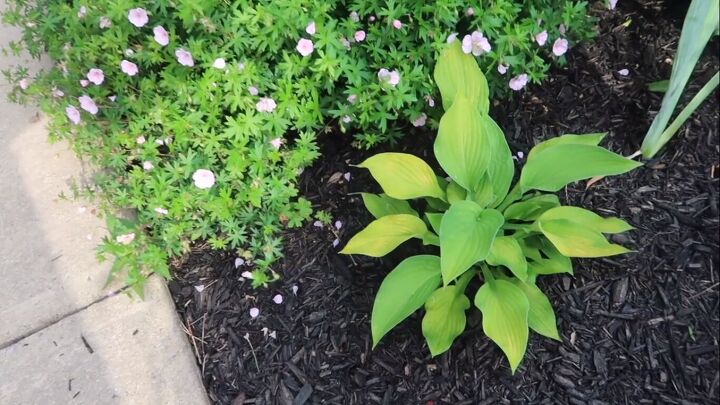






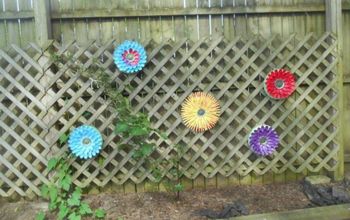



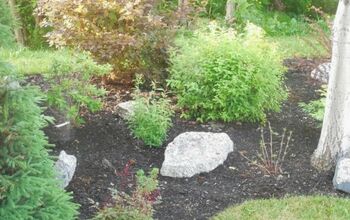
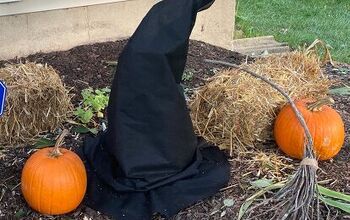
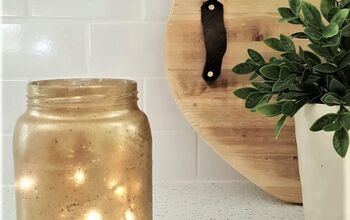

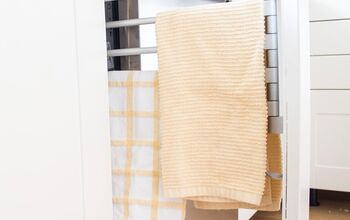
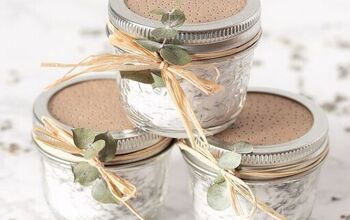


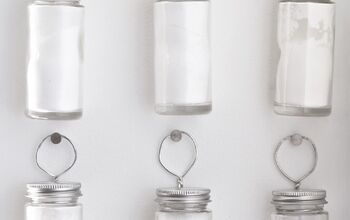



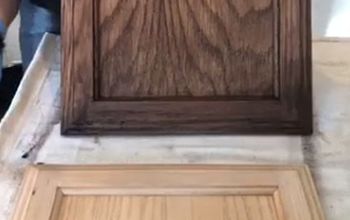
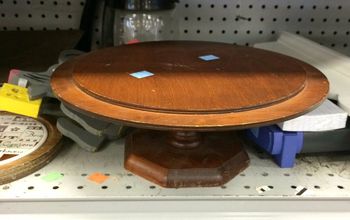

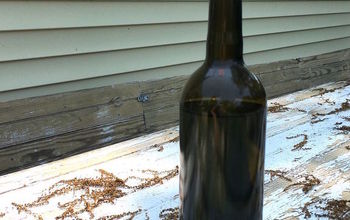

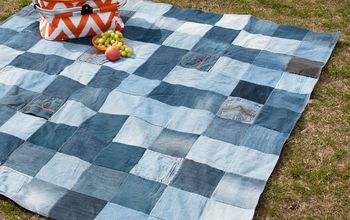
Frequently asked questions
Have a question about this project?